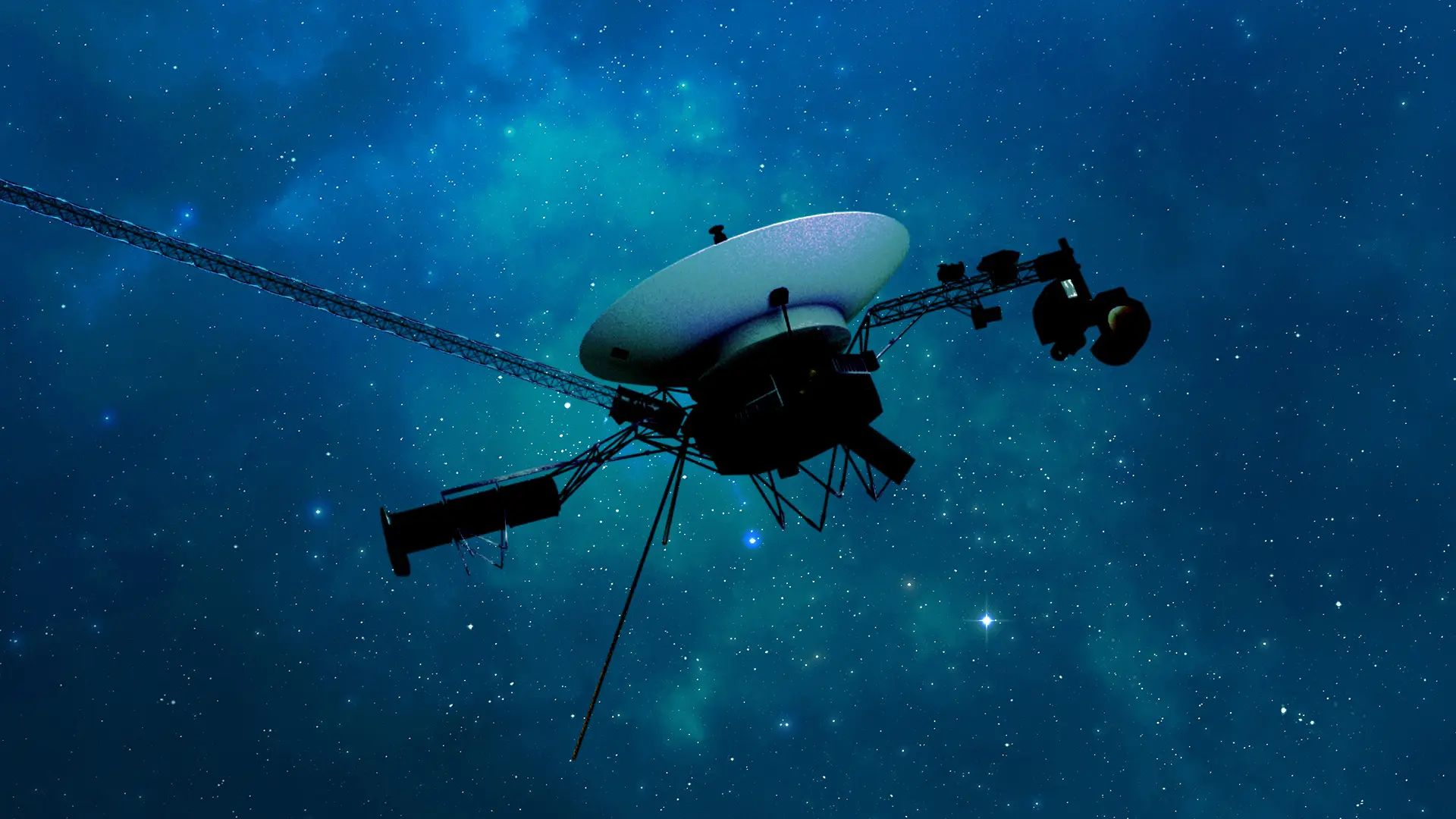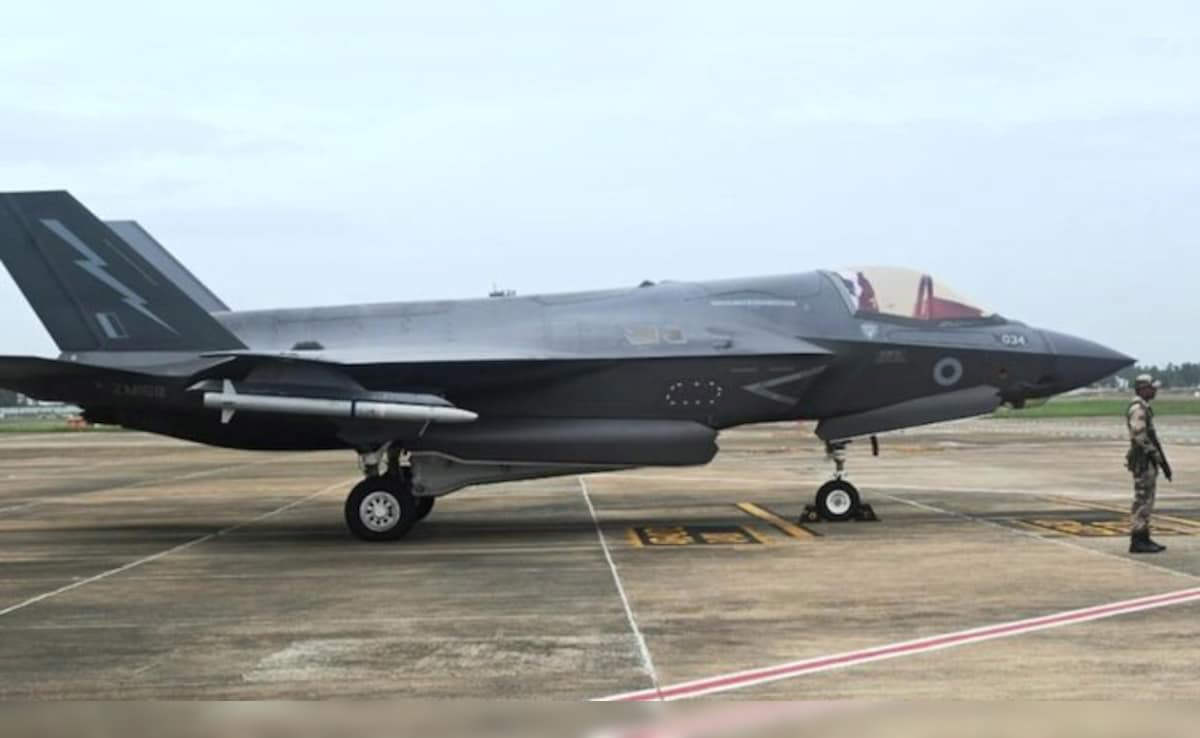Now Reading: Voyager 1 Uncovers a ‘Fiery Hot Zone’ in Space (Without Any Fire)
-
01
Voyager 1 Uncovers a ‘Fiery Hot Zone’ in Space (Without Any Fire)
Voyager 1 Uncovers a ‘Fiery Hot Zone’ in Space (Without Any Fire)

Amazingly, NASA’s Voyager 1—launched in 1977—has just reported something strange beyond our solar system: an area so hot it’s likened to fire, yet there’s absolutely no flame. Even after four decades, this spacecraft continues to surprise us from the edge of the unknown.
What Lies Beyond the Solar Boundary
Voyager 1 has crossed into what scientists call the heliopause—the invisible boundary where the Sun’s solar wind meets the vast expanse of interstellar space. Here, it detected temperatures soaring up to tens of thousands of degrees Celsius. The term “fiery” captures the intensity, but there’s no actual combustion—just extremely energetic particles.
Why It Feels Hot, Yet Isn’t
In this part of space, matter is incredibly sparse. Though individual particles pack a lot of energy, they rarely collide. That means very little actual heat is transferred. So Voyager 1, despite facing this invisible wall of plasma, remains unharmed—drifting through one of the most extreme environments known to science.
What This Teaches Us
For people in Tier-2 cities, the news may seem distant—but the takeaway is universal: exploration often defies expectations. This discovery challenges assumptions about where our solar system ends and how magnetic and energetic forces operate in space. Even from such a remote corner, Voyager continues to reshape our understanding of the universe.
Conclusion
Voyager 1’s discovery of a “fiery hot zone” serves as a powerful reminder: space isn’t always what it seems, and scientific curiosity—from Earth’s labs to its most distant probe—still holds the potential to amaze us.

























